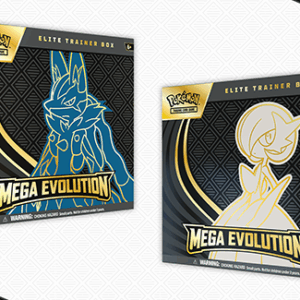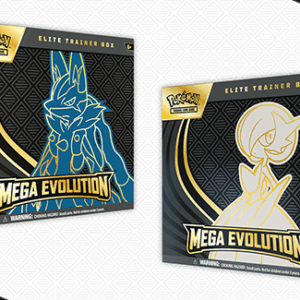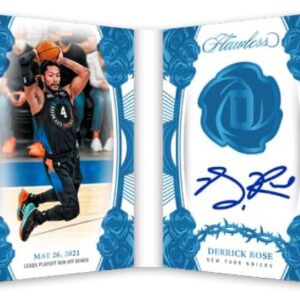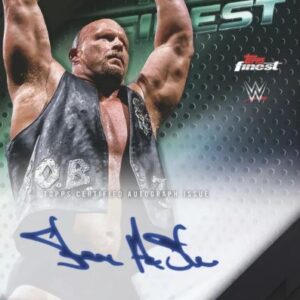Sports memorabilia enthusiasts are currently nursing the bruises of betrayal from what may be one of the most impactful counterfeit operations to hit the market, an illicit play masterminded by Brett Lemieux, a notable autograph dealer. Lemieux’s enterprise, it seems, was as much about smoke and mirrors as it was about sports legends. The details of his alleged operation came to an unsatisfying revelation when police officers in Westfield, Indiana, discovered Lemieux dead from a self-inflicted gunshot wound during a raid targeting a counterfeit ring he orchestrated.
This unnerving incident has sent shockwaves through the world of sports collectibles, igniting skepticism and panic about the authenticity of items tucked snugly in collections worldwide. Many pieces believed to be genuine sports artifacts have now been thrust into the questionable territory, and the financial implications are staggering.
Before his unexpected demise, Lemieux allegedly admitted on the “Autographs 101” Facebook group to hoisting a tidal wave of counterfeits upon unsuspecting collectors. With a number that jolts like a rogue asteroid, he claimed to have sold four million counterfeit items, raking in a jaw-dropping $350 million in sales. Collectors, investors, and aficionados found themselves paralyzed by doubt and betrayal, questioning the veracity of their cherished autographs and memorabilia.
Lemieux’s facade was tastefully presented under the guise of “Mister Mancave,” projecting an image of legitimacy by boasting “the largest framed jersey inventory on the web.” Yet, all was not as it seemed. Although an operational address was listed in Columbus, Ohio, it was more mirage than marketplace, with no actual bricks-and-mortar presence corroborated by official records. Mister Mancave, it turns out, was a craftily woven thread in a broader counterfeit tapestry that was incorporated multiple times in Indiana.
What made Lemieux’s operation particularly insidious was its clever manipulation of authentication holograms, which are the cornerstone of trust in the memorabilia industry. By supposedly forging these holograms—employed by respected authentication entities like Panini and Fanatics—Lemieux was able to slip fake items past the trained eyes of collectors, dealers, and even experts.
A particularly distressing revelation was Lemieux’s alleged claim regarding fake Kobe Bryant memorabilia. Following Bryant’s tragic passing in 2020, he purportedly flooded the market with 80,000 counterfeit items. This not only marked a sacrilegious act against a beloved NBA icon’s legacy but also illustrated the ruthlessness and expansive ambition of the operation.
The knocking prices of Lemieux’s sham memorabilia, such as an Aaron Judge-signed baseball priced far below market value, raised eyebrows. Still, dubious dealers continued to hustle, their suspicions overshadowed by the allure of a too-good-to-be-true deal sweetened by fraudulent holograms.
As the rubble continues to settle, industry titans like Fanatics are moving with significant urgency to quell the panic. From upgrading their hologram technology to liaising with law enforcement and engaging fraud experts including former FBI agents, a concerted effort is underway to restore certainty and trust.
For some, the numbers Lemieux slingshot into the public domain—like a $350 million lottery win with a cornered market—are admittedly hard to digest. Yet, those within the industry, such as autograph authentication connoisseur Steve Grad, caution that the residual aftershocks of such a sophisticated operation could cascade through the market for years to come, disrupting what once seemed certain.
Behind this façade lay whispers of suspicion and gossip-kissed chatter. Some rivals and fellow dealers had already raised an eyebrow at Lemieux’s dizzying autograph acquisition. “He had autographs from athletes who hadn’t done signings in years,” grumbled one dealer, suggesting that something was amiss in Lemieux’s prodigious collection.
It seems Lemieux’s shadowy enterprise wasn’t operating in solitude; authorities allege affiliations with a sprawling network hiding under numerous monikers—from Ultimate Sports to Signature Dog. Others named in his disconcerting “manifesto,” such as Dominique Ball and Nickolas Litscher, are now distancing themselves with vehement denials and legal action to untangle this web of duplicity.
In wake of the scandal, sports memorabilia collectors are left clutching their prized possessions with an added measure of mistrust. As they inspect their autograph collections, they face the grim realization that the room for error in this passionate pursuit of sports history is wider than ever thought, and the line between authentic and forgery need constant vigilance. The scandal shines a light, glaring and unkind, on the axiom that not all that glitters is pure game-worn gold.






